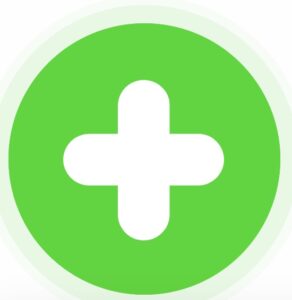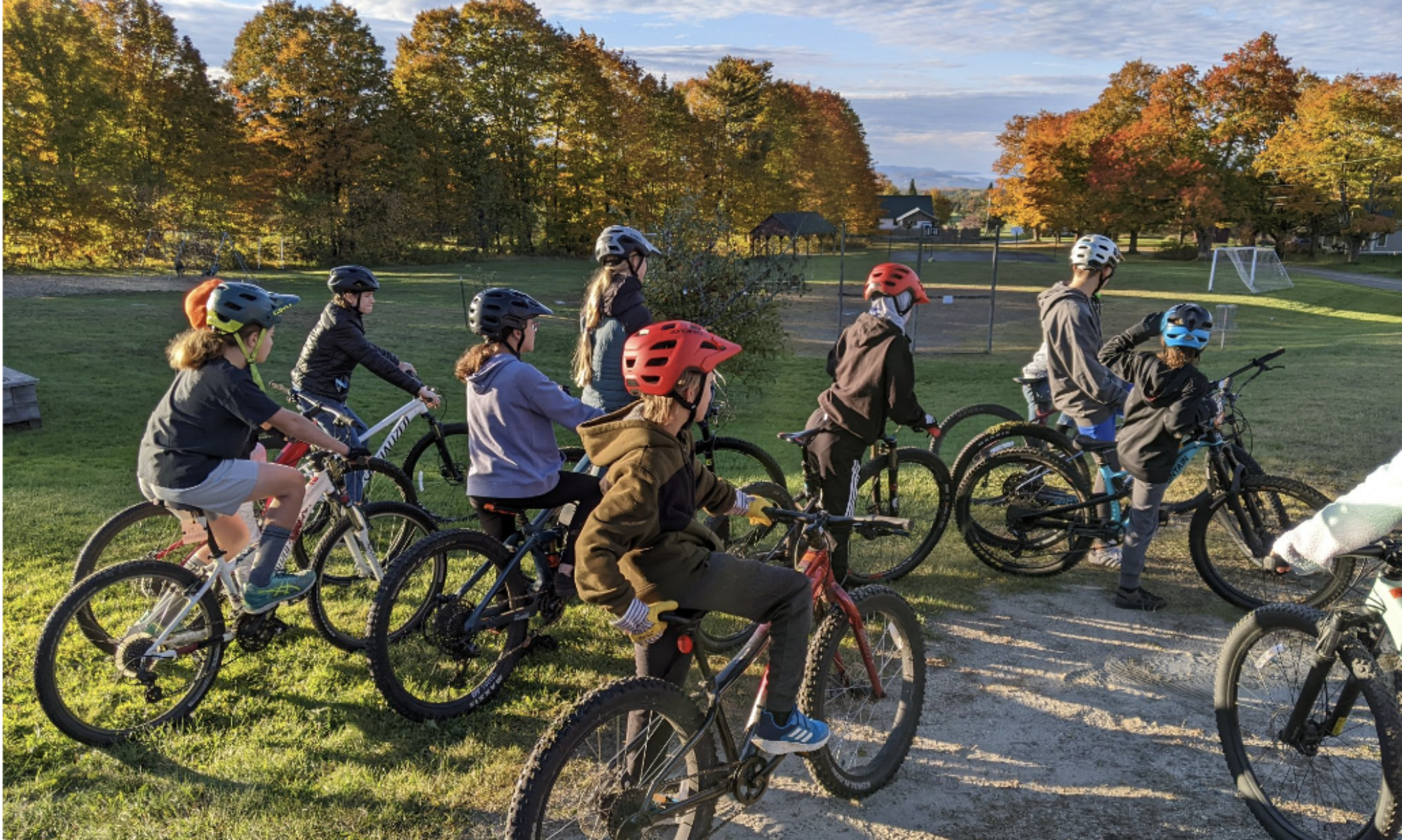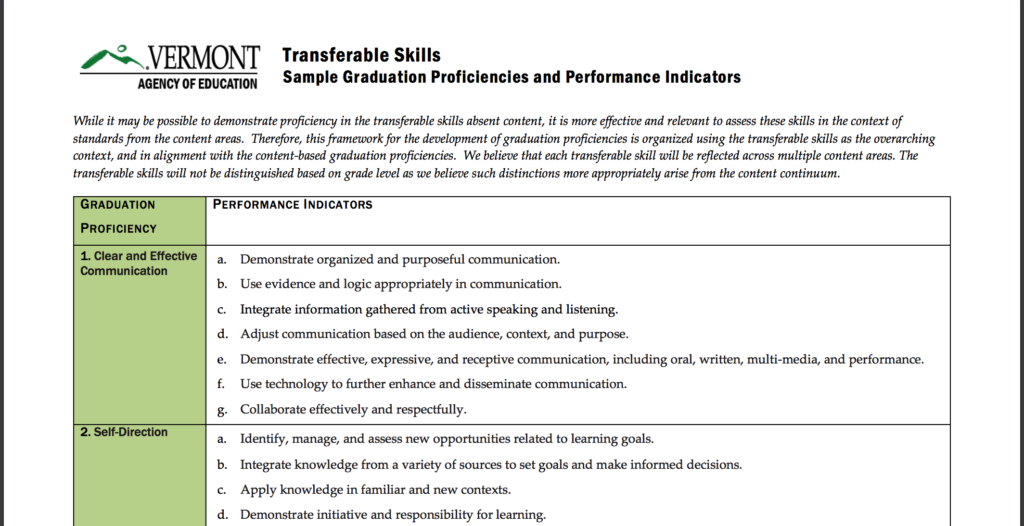What do PLPs and proficiency-based assessment have in common?
They both emphasize what students CAN do. They’re not about ranking, sorting, and labeling. They’re about growth, progress, and opportunity for all.
First, some definitions:
According to the Vermont Agency of Education:
The focus of proficiency-based learning is on students’ demonstration of desired learning outcomes. Students not only gain the skills, abilities, and knowledge required in an area of study, but more importantly, those necessary to be successful in college, career, and civic life. Proficiency-based learning is designed to identify and address gaps in order to provide equitable learning opportunities for each and every student. This is in contrast to traditional systems which advance students based on seat time.
Proficiency-based assessment is the assessment of that learning. It can take the form of formative (lots!) and summative assessment. See our new toolkits on proficiency-based learning, including specific kits on learning goals, formative assessment, summative assessment, and meaningful instruction!
At Shelburne Community School, in Shelburne VT, educator Sam Nelson combines the ideas behind flexible pathways in proficiency-based learning as he and his students work together to develop the curriculum for the year. Nelson conducted a yearlong action research project on his work with negotiated curriculum in helping implement proficiency-based learning alongside, rather than for, his students.

Food for thought
Many educators are helping students build PLPs featuring growth Vermont’s transferable skills. These are:
Students can organize their PLPs into these areas and use them to reflect on their growth.
- Clear and Effective Communication
- Creative and Practical Problem-Solving
- Informed and Integrative Thinking
- Responsible and Involved Citizenship
- Self-Direction Scoring Criteria
Now tell us
Pick a question and share your thinking? You’ll have up to two minutes. Don’t forget to watch and listen to other in the flipgrid.
- How can you use proficiencies and PLPs together to convey what students can do?
- How can transferable skills help students track their growth in the PLP?
 Click here to share your answer
Click here to share your answer
Let’s go:
The inevitable next step in this progression is the movement away from the parent-teacher conference, toward student-led PLP conferences.


